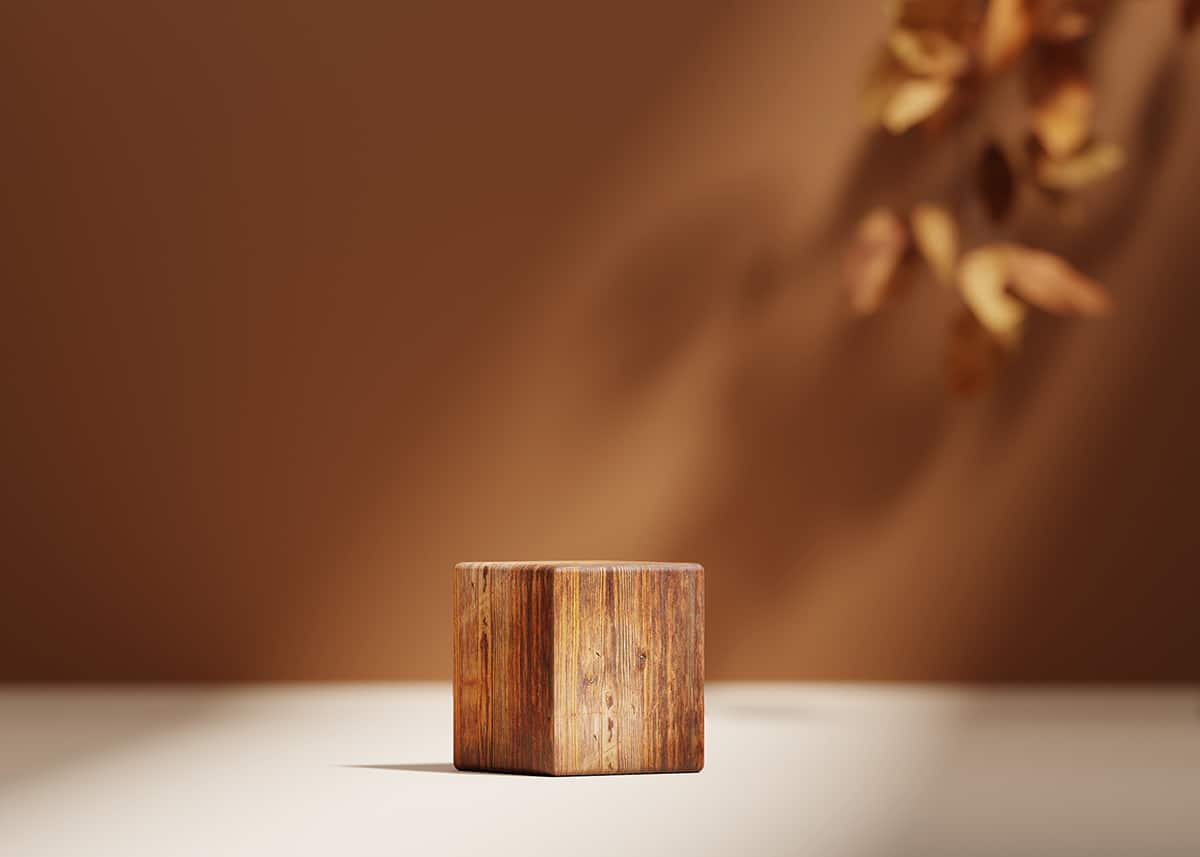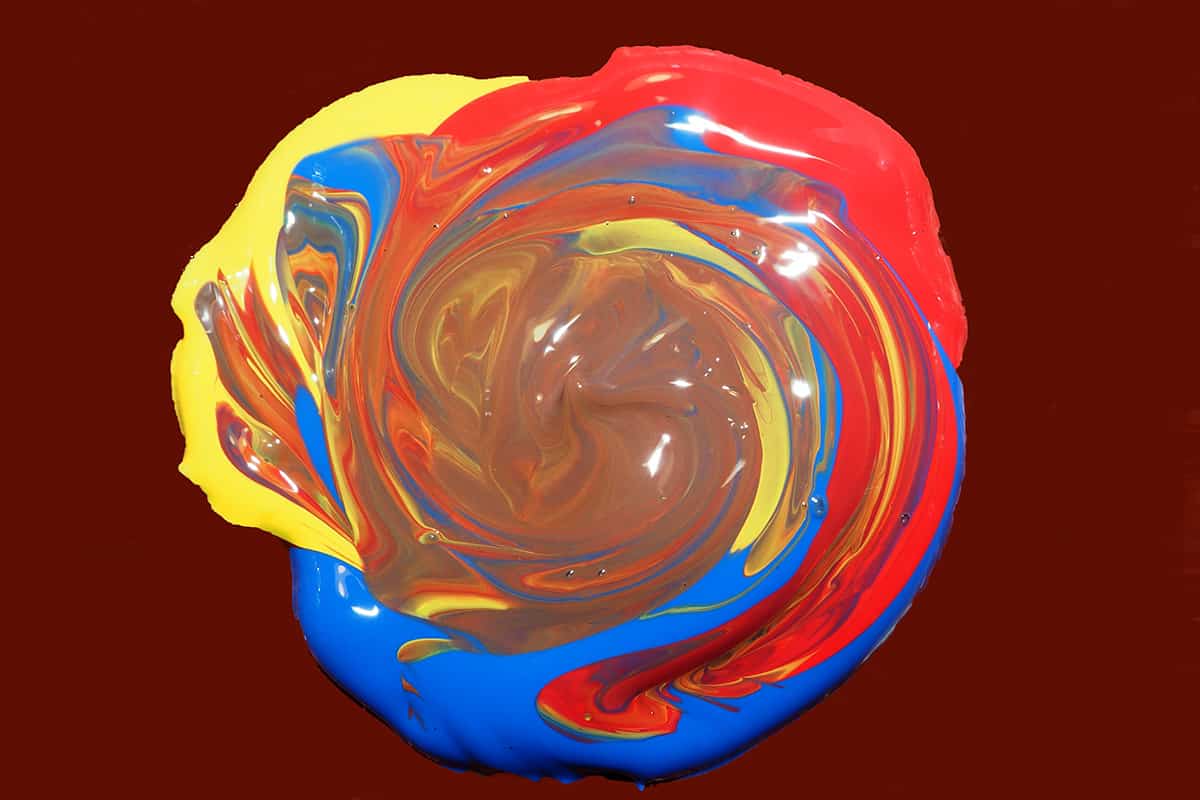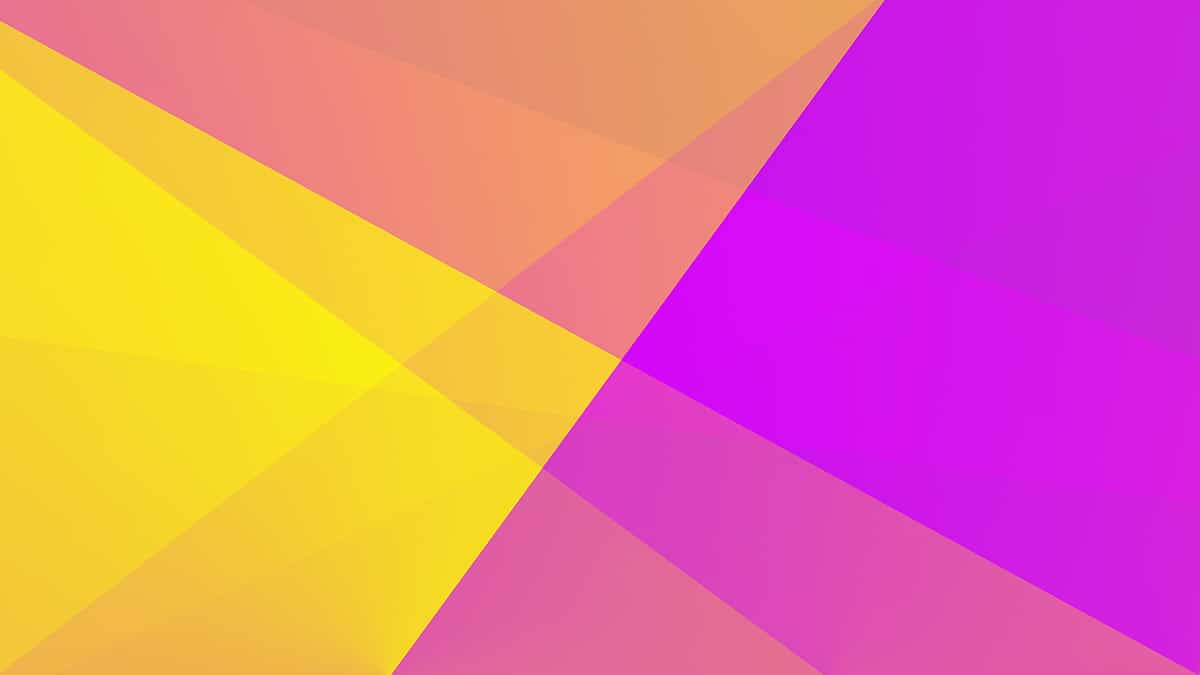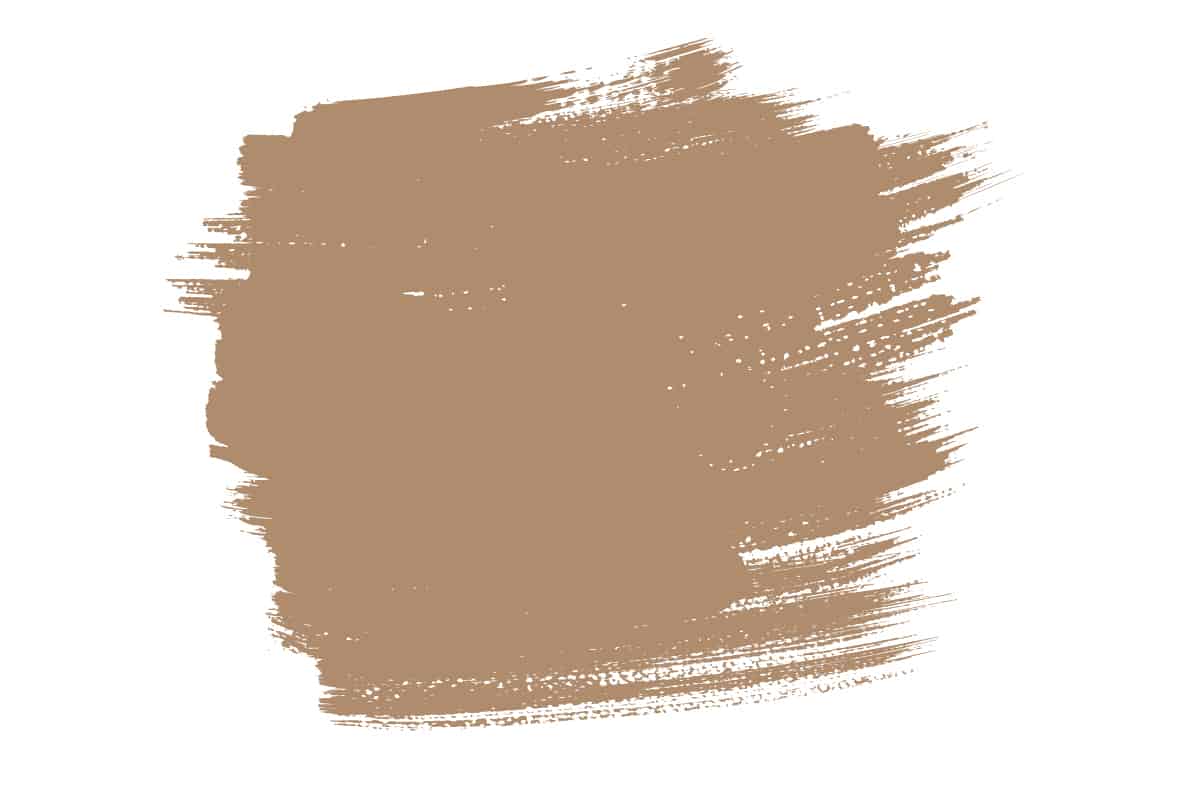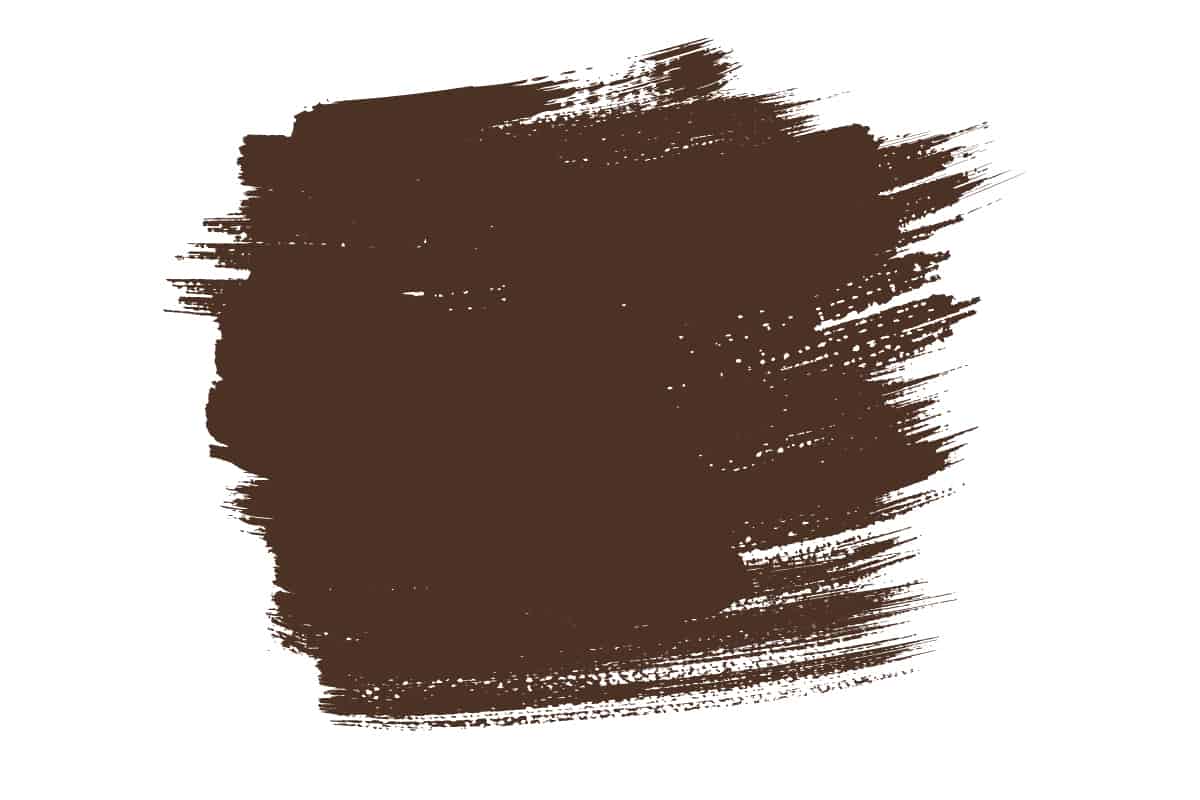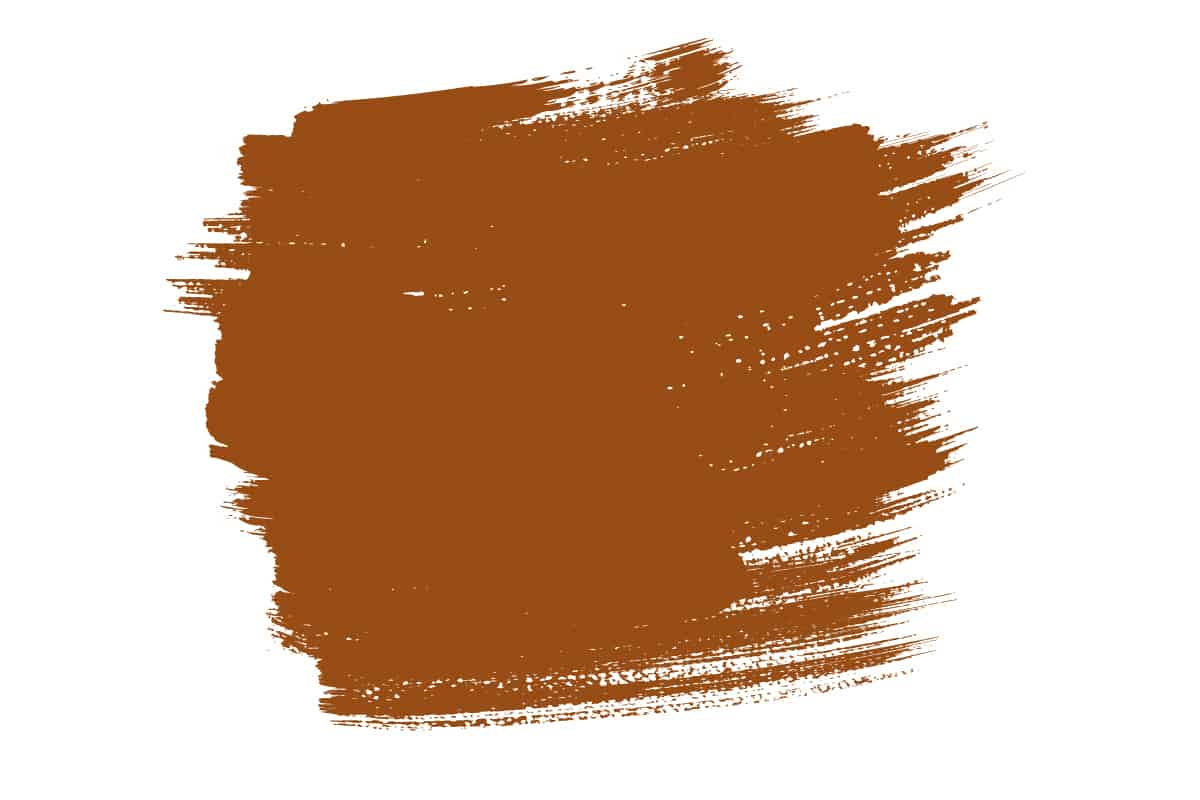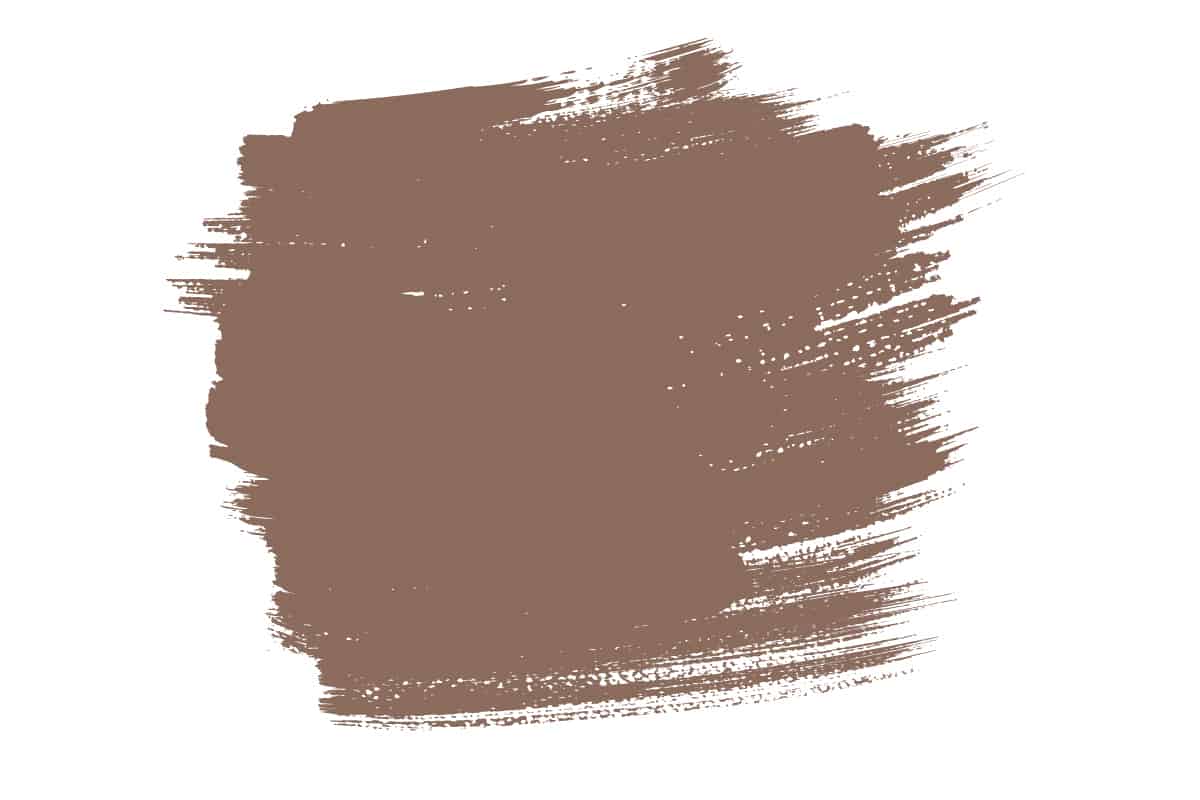Brown paint can be made in various ways, depending on the shade of brown you want to achieve.
For a true brown, mix an even combination of all three primary colors; red, blue, and yellow. You can alter the shade of brown you get by varying the amount of the primary colors in the mixture. By using the principles of color theory, you can also create brown by mixing a secondary color with its complementary primary color.
For example, red and green can be mixed to make brown because they are complementary colors, with one being a primary color and one being a secondary color. This works because the secondary color, in this case, green, is created by mixing the two remaining primary colors; blue and yellow. Here we explore the various ways brown can be achieved and how you can alter your color mixtures to get different types of brown.
Making Brown Using Primary Colors
There are a huge array of different shades of brown, from walnut, through to coffee, through to peanut. While brown can be made using various color combinations, what these all have in common is that they will all include a certain amount of red, blue, and yellow, the three primary colors.
To make true brown, you will need to start out with primary red, primary yellow, and primary blue and mix these in an even proportion. This means one part red, one part yellow, and one part blue. You can alter the shade of brown you achieve by varying the proportions of primary colors used.
For example, use two parts red, two parts yellow, and one part blue for a much warmer shade of brown somewhere in the realms of cinnamon. If you want a cooler brown, like cedar, then a higher proportion of blue will be needed, such as two parts red, two parts yellow, and three parts blue.
Making Brown using Primary and Secondary Colors
Brown is created by combining the three primary colors, but since color theory teaches us that secondary colors are made of two primary colors, it makes sense that brown can also be achieved by mixing a primary color with a secondary color. Not just any primary and secondary colors will make brown; you have to use complementary colors. For example, red and green will make brown, purple and yellow will make brown, and blue and orange will make brown.
This is because each pairing includes one primary color, and the complementary secondary color is made by combining the remaining primary colors. For example, orange is made from an equal quantity of red and yellow; therefore, when orange is mixed with blue, you are actually mixing red, yellow, and blue, the three primary colors. This will make brown. However, it will be a cool brown because there will be a heavier component of blue.
For example, one part orange and one part blue is the same as mixing one part red, one part yellow, and two parts blue. Combining other complementary colors will also give you different types of brown. One part purple and one part yellow is the same as mixing one part red, one part blue, and two parts yellow. Therefore, this will create a warmer, lighter shade of brown, similar to tan or tawny.
One part red with one part green will be the same as mixing one part yellow, one part blue, and two parts red, which will result in a richer, warming shade of brown similar to burnt umber.
How to Make Pale Brown
Pale brown picks up where beige ends, so pale shades of brown can encompass taupe, tan, tortilla, and peanut. Making pale brown will need to involve some element of white, just like when creating any pale color. First, start by creating the right hue, and then you can experiment with shade. This will involve mixing your three primary colors in varying degrees to reach the right brown temperature; for example, if you want a warm pale brown, you’ll need to use more red or yellow than blue in your brown mixture.
Once the tone of the brown is right, you can alter the shade by adding drops of white to the brown. Do this gradually because it’s much easier to make the brown lighter than it is to take it back up a shade. After each drop of white is added, mix the brown thoroughly to see what color is achieved.
Keep adding white until the right level of pale brown is created. In the event that you do go too far with the white paint and your resulting color is too pale, you’ll need to put more red, yellow, and blue into the mix to make the paint more saturated.
How to Make Dark Brown
Dark brown can be created by mixing your shade of brown with a touch of black. This is the same way that any dark color can be achieved. First, create your brown shade by mixing varying quantities of red, yellow, and blue until you have the right tone. If you are aiming for a cool dark brown, use more blue. If you want a dark red-brown, use a larger amount of red in the mix. Once you are happy with the brown, add tiny amounts of black paint to your mix.
Since black is extremely dark and powerful, even the smallest amount can completely transform your color and threaten to take it over. Err on the side of caution and add very small droplets of black gradually, mixing between each droplet to see how dark the brown goes. You can always add more black to go darker, but it will be hard to recreate the previous shade since you can’t take the black away once it’s been mixed in.
If a large amount of black is added, you will end up with a color that reads black in most lights but may appear more brown in well-lit rooms. This type of brown-black is nice for creating a deep, cozy atmosphere that also feels comforting.
How to Make Warm Brown
There are various shades of warm brown, which are all created using varying quantities of red, yellow, and blue. Any warm brown will need a higher proportion of red or yellow compared with blue. A rich brown will need more red than yellow and blue, while a warm brown that veers more toward tan will use more yellow than red and blue.
You can also make warm brown colors by mixing yellow with purple or red with green. By contrast, blue mixed with orange will make a cooler shade of brown because it will contain a higher percentage of blue, which is a cool color.
How to Make Cool Brown
Cool browns are created using the three primary colors in varying amounts. Any cool brown will need to include more blue compared with the amounts of red and yellow used because blue is a cool color, and red and yellow are warm colors.
For example, mix two parts blue to one part red and one part yellow. You could also experiment by mixing varying proportions of blue with orange for a more subtle shade of cool brown.
